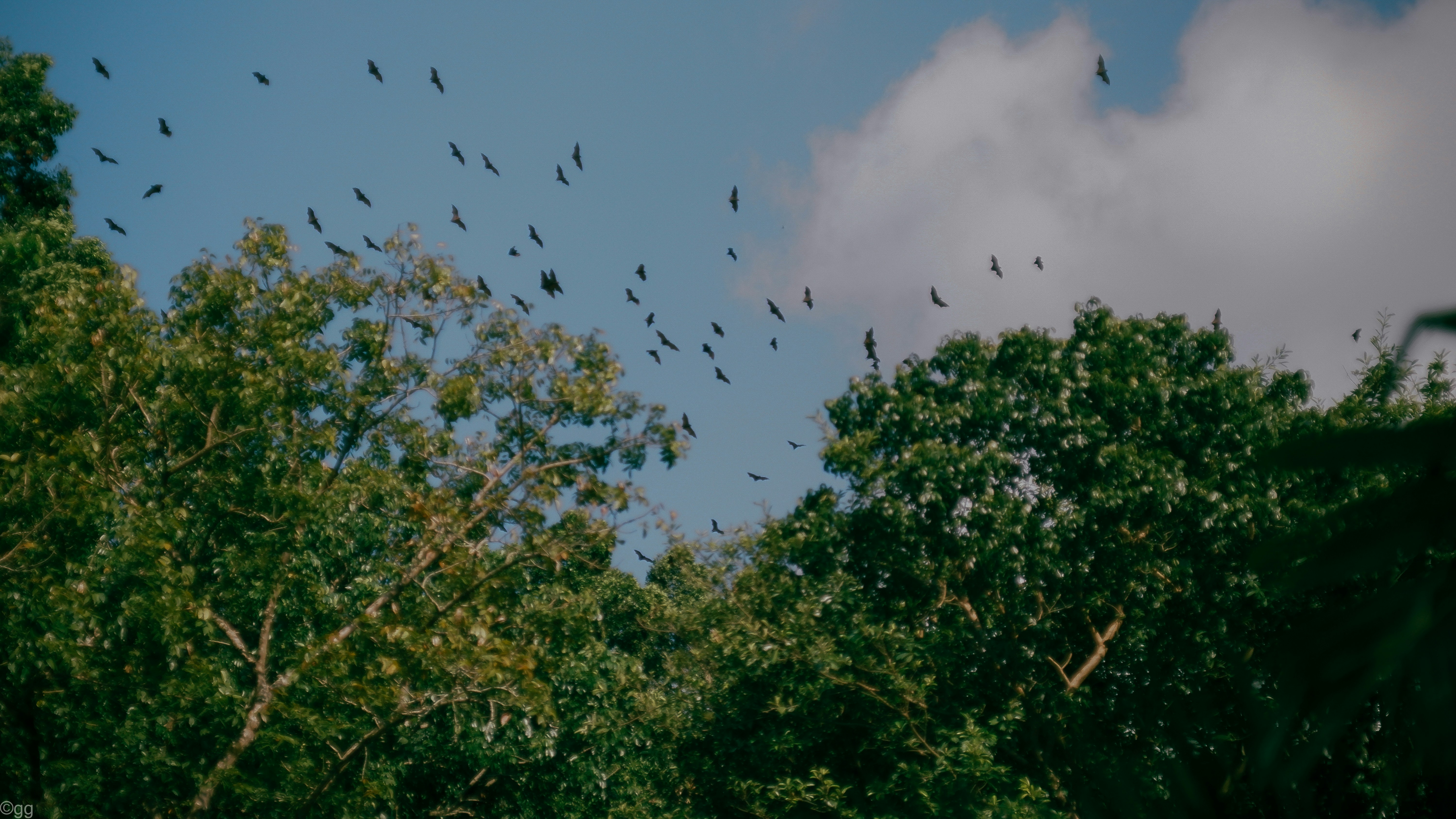Green Belts have become a common term for describing natural and protected lands that surround or are interspersed within urban areas, but have you ever wondered the purpose and story behind your local green belt as you venture from your concrete jungle to the green oasis?

Green Belts
A green belt is a protected land area surrounding a city or urban area designed for conservation and recreation. It acts as a buffer between urban and rural areas, preventing urban sprawl and preserving natural ecosystems. Green belts can range in size and composition but typically include parks, forests, wetlands, agricultural land, and other natural areas.
A Brief History
The idea of green belts and their use as a planning tool dates back to the early 20th century, when urban planners in the United Kingdom grappled with the issue of rapidly expanding cities. One of the key proponents of the green belt concept was Sir Ebenezer Howard, who is often considered the founder of the Garden City movement. Howard believed that urban areas could be made more livable by incorporating green spaces and that creating a green belt would help prevent the uncontrolled growth of cities. He envisioned garden cities surrounded by green belts, with a balance between urban and rural areas. The first green belt was established in the UK in 1938 around London. Since then, many other cities worldwide have created green belts or similar protected areas. The concept of green belts has also evolved to include different aspects of sustainable urban planning, such as bike paths, public transportation, and affordable housing. Since their inception, green belts have provided many environmental and social benefits.
Benefits
1. Biodiversity conservation: Green belts provide essential wildlife habitat and help maintain biodiversity. They also serve as corridors for the movement of animals and plants between fragmented habitats.
2. Ecosystem services: Green belts provide various ecosystem services, including air and water purification, carbon sequestration, and flood control.
3. Climate change mitigation: Green belts can help mitigate the effects of climate change by preserving natural ecosystems and reducing carbon emissions from urban areas.
4. Recreational opportunities: Green belts provide opportunities for outdoor recreation, such as hiking, biking, and birdwatching. They also offer spaces for community events and gatherings.
5. Improved mental and physical health: Access to green spaces has been shown to positively affect mental and physical health, reducing stress and improving overall well-being.

Modern Day Applications and Community Benefits
In addition to their traditional role as a buffer between urban and rural areas, green belts are being used in new and innovative ways. Some cities are creating green belts that connect parks and other natural areas, providing continuous green spaces for residents to enjoy. Others use green belts to promote urban agriculture, providing space for community gardens and small-scale farming.
Green belts are also being used to promote sustainable transportation options. Bike paths and pedestrian walkways can be incorporated into green belts, providing safe and accessible routes for non-motorized transportation. Public transportation can also be integrated into green belts, making it easier for residents to travel between urban and rural areas.
By promoting social equity by providing access to green spaces and recreational opportunities, green belts benefit underserved communities. In many cities, low-income communities have limited access to parks and other green spaces, leading to disparities in health and well-being. Green belts can help to address these disparities by providing equitable access to natural resources.
These become essential tools for protecting the environment, promoting sustainable development, and improving the quality of life for residents. As cities grow and face new challenges, green belts will play an essential role in shaping our urban landscapes.

Some Interesting Facts To Further Your Green Belt Education
- Global Expansion of Green Belts: Originally established in the UK, the concept of green belts has spread globally. Today, cities in countries like Germany, Canada, and Australia have adopted green belts or similar protected areas.
- Combating Urban Heat Islands: Green belts play a crucial role in reducing urban heat islands, where cities experience higher temperatures than surrounding rural areas. By providing shade, lowering surface temperatures, and enhancing evapotranspiration, green belts help cool urban environments.
- Economic Boosts: Beyond environmental benefits, green belts can enhance property values, attract tourism, and create jobs in sectors such as forestry, agriculture, and outdoor recreation.
- Air Quality Improvement: The trees and vegetation in green belts absorb pollutants, contributing to cleaner air in urban areas.
- Historical Roots in the U.S.: Milwaukee, Wisconsin, established the first green belt in the United States in 1959. Since then, numerous cities across the country have developed similar protected spaces.
- Promoting Sustainable Urban Development: Green belts encourage compact, walkable communities, reducing urban sprawl and minimizing car dependency.
- Educational and Outreach Opportunities: Green belts offer spaces for environmental education, allowing residents to learn about conservation and sustainable practices.
- Natural Disaster Mitigation: By absorbing excess water and stabilizing land, green belts can reduce the impacts of natural disasters like floods and landslides.
- Preserving Cultural Heritage: These protected areas also safeguard historic sites and traditional landscapes, maintaining cultural and natural heritage for future generations.



